Disclosure: This article contains affiliate links. We may earn a commission from purchases at no extra cost to you, which helps our travel content.
As an anthropologist who has spent decades exploring marketplaces across continents, I've developed a particular fondness for spaces where commerce and culture intertwine. Kuala Lumpur—a vibrant tapestry of Malay, Chinese, Indian, and indigenous influences—offers one of Southeast Asia's most fascinating shopping landscapes. Beyond the gleaming towers and air-conditioned malls lies a city where traditional craftsmanship persists alongside global luxury brands. During my recent research visit, I spent a weekend navigating KL's retail terrain with my Moleskine City Notebook in hand, mapping the connections between the city's diverse shopping venues and the communities they represent. What I discovered was a perfect family-friendly introduction to Malaysian material culture—accessible, affordable, and authentically enriching.
Navigating the Modern Metropolis: KL's Premier Malls
While my academic background typically draws me to more traditional marketplaces, I've come to appreciate how modern malls in Southeast Asia function as cultural microcosms—spaces where families gather, culinary traditions are preserved in food courts, and local design aesthetics blend with global influences.
The interconnected triumvirate of Pavilion KL, Lot 10, and Fahrenheit 88 in the Bukit Bintang district offers a fascinating study in Malaysian consumer culture. Pavilion KL, with its imposing crystal fountain entrance, houses both international luxury brands and local success stories like Royal Selangor pewter, where traditional craftsmanship meets contemporary design. The mall's Tokyo Street zone provides an interesting case study in cultural borrowing, with Malaysian interpretations of Japanese retail concepts.
Suria KLCC, nestled at the base of the iconic Petronas Towers, represents the aspirational face of Malaysian modernity. The mall's Kinokuniya bookstore merits special attention—their extensive collection of books on Malaysian crafts, history, and culture makes it an excellent resource for contextualizing your shopping experiences throughout the city. I spent nearly two hours browsing their anthropology section, discovering several volumes on traditional Malaysian textile arts that weren't available in North American academic libraries.
For families, these malls offer welcome respite from KL's heat and humidity, with excellent facilities, child-friendly restaurants, and even educational experiences like the Petrosains Discovery Centre in Suria KLCC, where children can learn about the science behind many of Malaysia's natural resources.
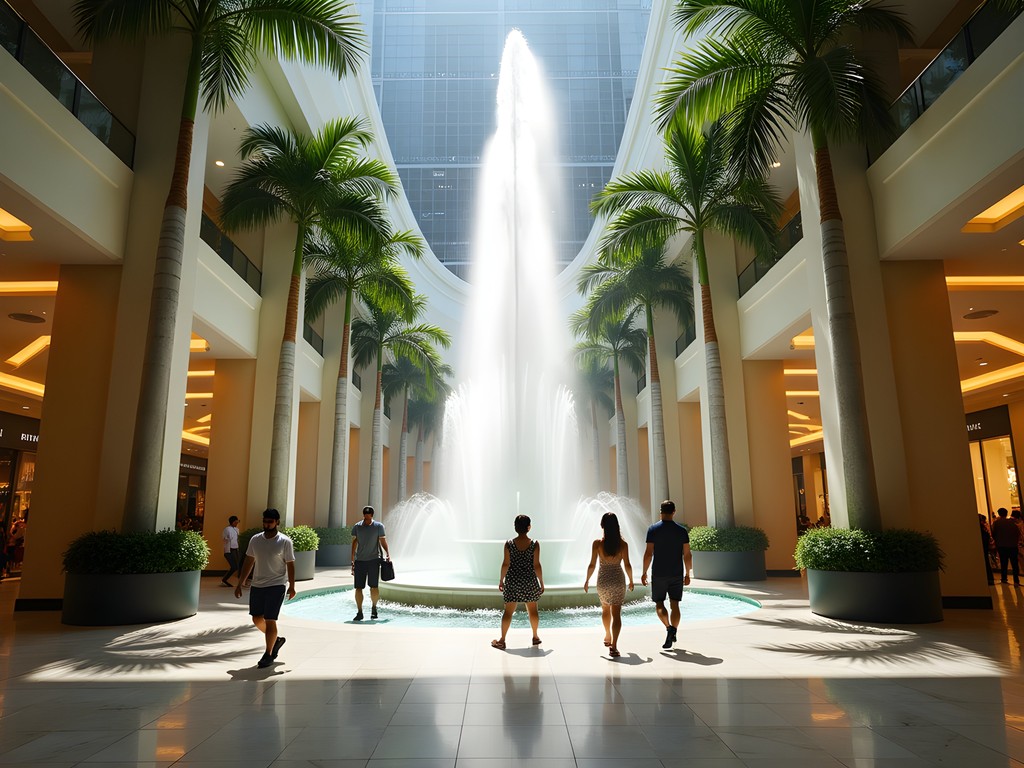
💡 Pro Tips
- Visit malls during weekday mornings to avoid crowds
- Look for Tourist Privilege cards at information counters for special discounts
- Don't miss the cultural performances often held in mall atriums during holidays and weekends
Central Market: Where Heritage Meets Commerce
The Art Deco façade of Central Market (Pasar Seni) stands as a testament to Kuala Lumpur's colonial past, but what lies inside is thoroughly Malaysian. Originally built as a wet market in 1888, this heritage building has transformed into what I consider an essential case study in the adaptive reuse of traditional market spaces.
As I wandered through the market's color-coded zones—each representing different Malaysian ethnic traditions—I was struck by how effectively the space balances authentic craft preservation with tourist accessibility. The batik demonstrations on the upper floor provide particular insight into this traditional wax-resist dyeing technique that predates written records in Malaysia.
For families with children, Central Market offers an engaging introduction to Malaysian crafts through hands-on workshops. During my visit, I observed several children learning the basics of batik painting, creating take-home souvenirs with far more cultural significance than typical tourist trinkets.
The Annexe Gallery at the rear of the building hosts rotating exhibitions of contemporary Malaysian art, creating a fascinating dialogue between traditional craft and modern artistic expression. This juxtaposition perfectly illustrates the living, evolving nature of Malaysian material culture.
Before visiting Central Market, I recommend picking up a compact travel guide to help identify authentic crafts and understand their cultural significance. The knowledge gained will transform your shopping experience from simple souvenir-hunting to meaningful cultural engagement.
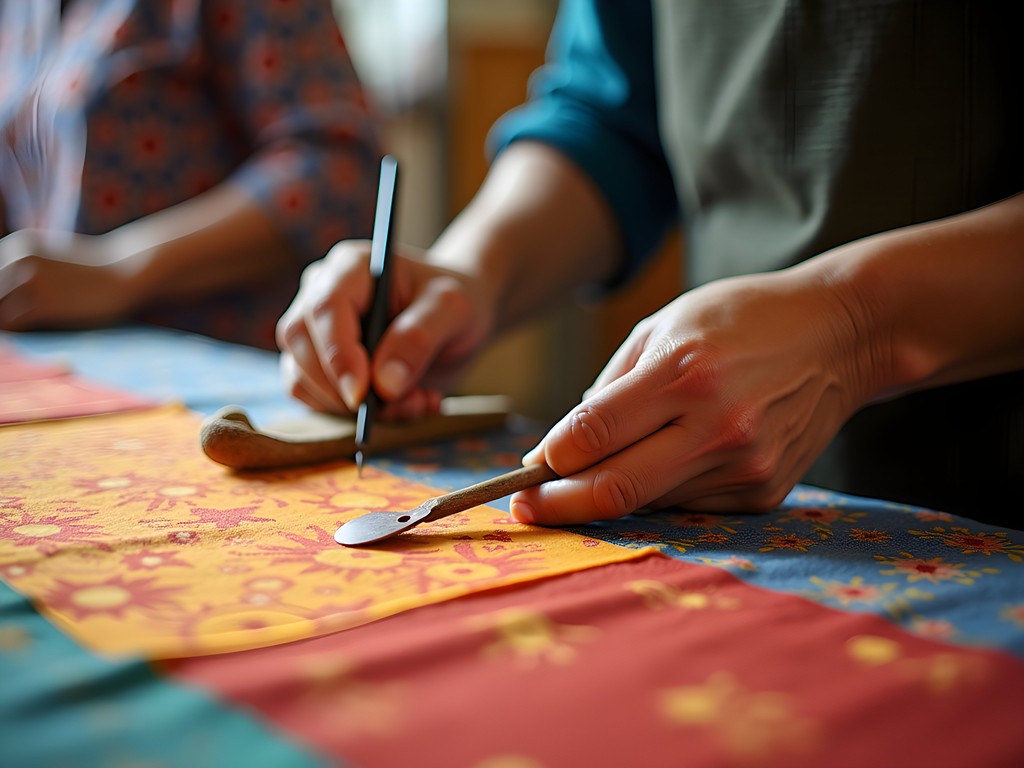
💡 Pro Tips
- Look for items with the 'Craft from Malaysia' seal that guarantees authenticity
- Don't be afraid to negotiate prices, but do so respectfully
- Visit the information counter for free maps that explain the cultural significance of different craft zones
Jalan Masjid India: The Textile Anthropologist's Delight
My academic background in textile traditions made Jalan Masjid India an irresistible destination. This bustling market street in KL's Little India district offers a vibrant immersion into the material culture of Malaysia's Indian community, which has influenced local fashion and textile arts for generations.
The narrow lanes branching off the main street reveal shops specializing in silk saris, cotton textiles, and an array of trimmings that would make any textile researcher's heart race. What fascinates me most is how these shops serve both the local Indian Malaysian community and the wider Malaysian population, creating a cross-cultural exchange through fabric and fashion.
For families, this area offers a sensory adventure. The vibrant colors, the scent of incense from nearby shops, the sounds of Bollywood music, and the taste of South Indian street food create a multi-sensory learning experience for children. My crossbody travel bag proved invaluable here, keeping my purchases, research notes, and camera secure while navigating the crowded lanes.
Beyond textiles, the street houses numerous jewelry shops selling traditional Indian designs that have influenced Malaysian adornment practices. The intricate goldwork demonstrates techniques that have remained largely unchanged for centuries, making these pieces not just beautiful accessories but important artifacts of cultural continuity.
During my research, I had the privilege of speaking with a third-generation textile merchant who explained how patterns and preferences have evolved over decades while maintaining certain traditional elements—a perfect example of how material culture adapts while preserving its essential character.
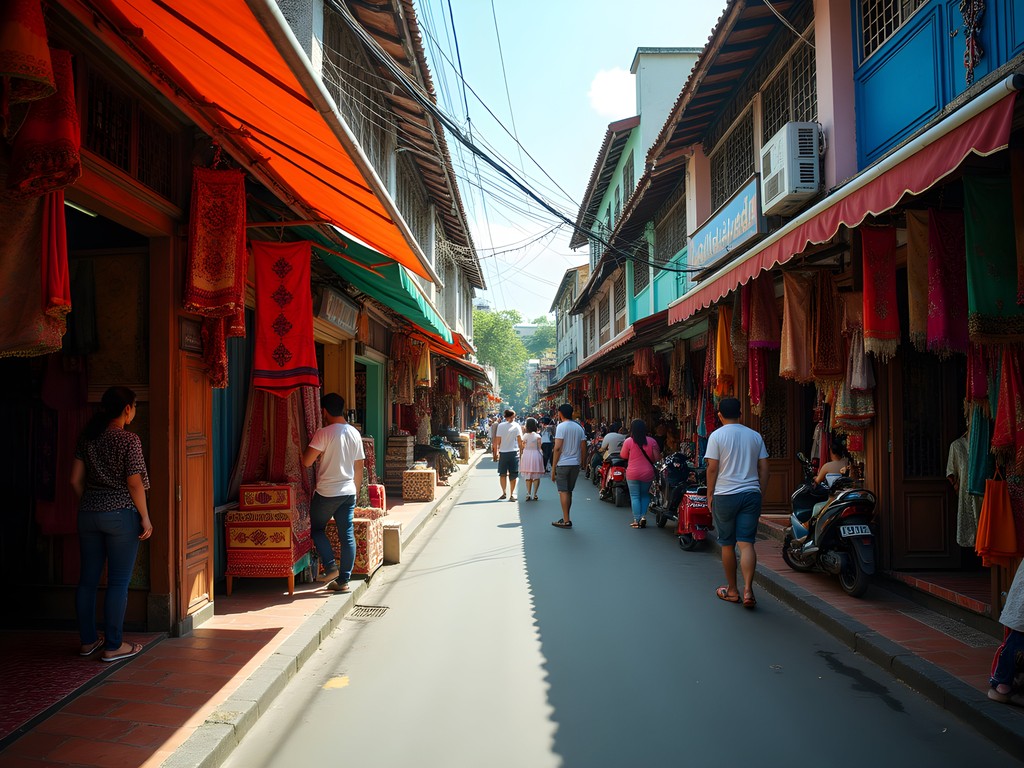
💡 Pro Tips
- Visit during the lead-up to major Indian festivals for the most vibrant atmosphere
- Look for shops where local Malaysians are shopping for the most authentic experience
- Take time to observe the social interactions around textile purchases—they reveal important cultural dynamics
Kampung Baru Night Market: Authentic Malaysian Craft and Culture
For those seeking to understand the intersection of traditional Malay culture and contemporary urban life, Kampung Baru offers an unparalleled window. This traditional Malay enclave stands in stark contrast to the surrounding skyscrapers, preserving wooden houses and cultural practices that might otherwise be lost to development.
The Saturday night market (pasar malam) transforms the main street of Jalan Raja Muda Musa into a vibrant showcase of Malay material culture. Here, you'll find handcrafted items that rarely appear in more tourist-oriented venues: traditional wooden kitchen tools, hand-woven mengkuang mats, and batik textiles from small family producers rather than large commercial operations.
What makes this market especially valuable for families is its authenticity—this is where local Malay families shop, creating an immersive cultural experience. Children can observe traditional food preparation methods, watch craftspeople at work, and engage with Malaysian culture in its lived, rather than performed, state.
During my research visits, I've documented how certain craft techniques are being preserved specifically through this market's ecosystem. One elderly artisan I interviewed creates traditional wooden tops (gasing)—once ubiquitous children's toys that are now becoming rare. His presence at the market not only provides income but ensures this cultural knowledge is visible to younger generations.
While exploring markets like this, I find a compact travel wallet essential for keeping small Malaysian banknotes organized and accessible for quick purchases from vendors who often don't accept cards. This practical consideration allows you to engage more seamlessly with the market experience.
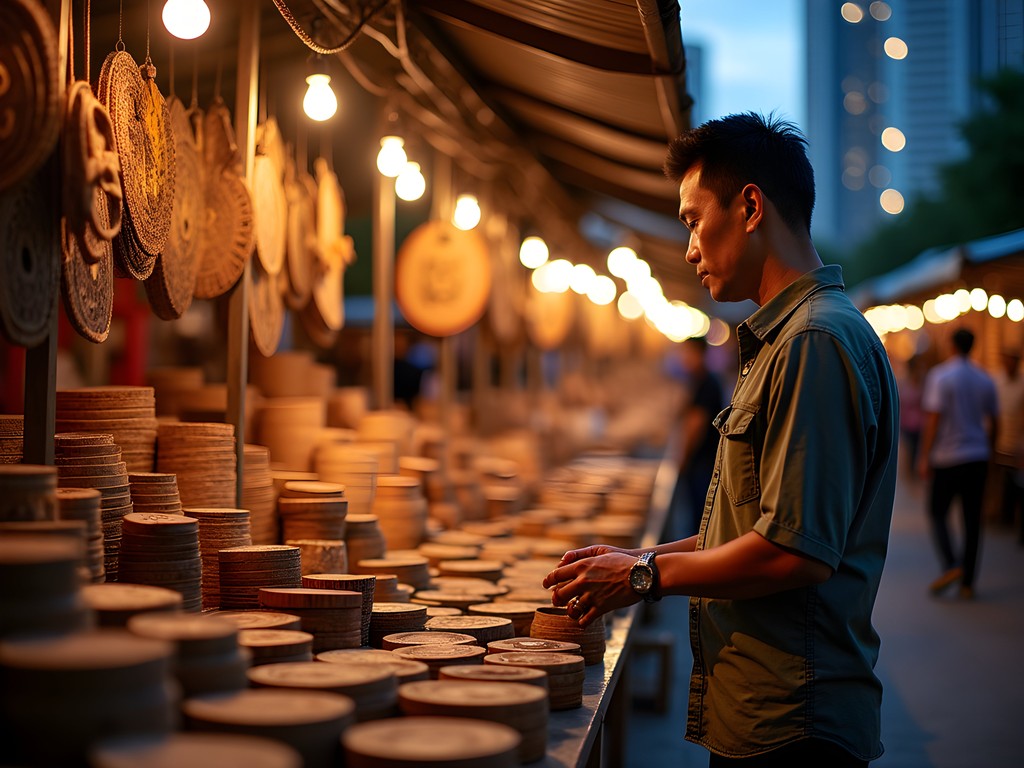
💡 Pro Tips
- Arrive around 6:30 PM when the market is fully set up but not yet crowded
- Try traditional Malay kuih (small snacks and desserts) from vendors to experience authentic flavors
- Look for artisans who are actually making items on-site for the most authentic crafts
Craft Complex & Craft Village: Cultural Preservation in Action
The Kompleks Kraf Kuala Lumpur (Craft Complex) represents a deliberate institutional effort to preserve Malaysia's craft heritage—something that resonates deeply with my own work in cultural preservation. Located in the diplomatic enclave of Jalan Conlay, this government-supported center houses both a museum documenting Malaysian craft traditions and workshops where master artisans practice their skills.
For the anthropologically-minded shopper, the complex offers something invaluable: context. Before making purchases, visitors can explore exhibits that explain the cultural significance and production methods behind various Malaysian crafts. This educational component transforms shopping from mere acquisition to meaningful cultural engagement.
The adjacent Craft Village houses studios where you can watch artisans creating traditional items using techniques passed down through generations. During my visit, I spent nearly two hours observing a master silversmith creating kerongsang (traditional Nyonya brooches), his hands moving with the fluid precision that comes only from decades of practice.
For families, this venue offers an ideal balance of education and shopping. Children can participate in scheduled workshops (advance booking recommended) where they learn basic craft techniques under the guidance of skilled practitioners. My colleagues who have brought their children here report that these hands-on experiences create lasting impressions and genuine appreciation for handcraft traditions.
The on-site shop offers certified authentic Malaysian crafts at fixed prices, eliminating the need for negotiation while ensuring artisans receive fair compensation. While prices are higher than at markets, the quality and authenticity are guaranteed—something I consider worth supporting as part of ethical shopping practices.
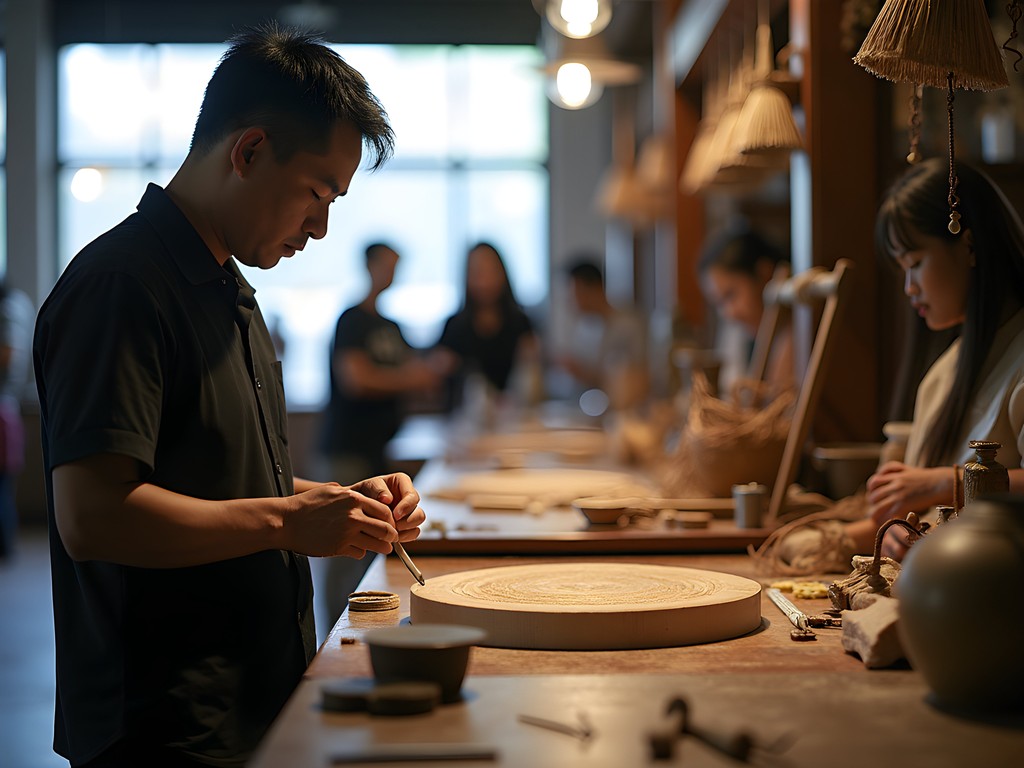
💡 Pro Tips
- Check the workshop schedule in advance to plan around demonstrations of interest
- Look for the artisan signature on craft items, which adds provenance and value
- Allow at least 2-3 hours to fully appreciate both the museum and shopping opportunities
Final Thoughts
Kuala Lumpur's shopping landscape offers far more than retail therapy—it provides a lens through which to understand Malaysia's complex cultural identity. From the air-conditioned luxury of KLCC to the vibrant sensory immersion of Kampung Baru's night market, each shopping venue tells a different story about the nation's past, present, and potential futures. As an anthropologist, I value these spaces for the cultural narratives they reveal; as a shopper, I appreciate the opportunity to support traditional craftsmanship while bringing home items with genuine cultural significance. When planning your family's KL shopping adventure, I encourage you to look beyond the transaction to the human stories behind each item. Ask vendors about their craft, observe the techniques used, and consider the cultural context of your purchases. In doing so, you'll transform shopping from a passive consumer experience into an active engagement with Malaysia's living heritage.
✨ Key Takeaways
- Balance your time between modern malls and traditional markets for a complete picture of Malaysian material culture
- Look for opportunities to learn about craft techniques through demonstrations and workshops
- Purchase directly from artisans when possible to support cultural preservation
- Consider the cultural significance and production ethics of items before purchasing
📋 Practical Information
Best Time to Visit
year-round, though avoid major holiday periods like Chinese New Year and Hari Raya when some markets may be closed
Budget Estimate
RM300-600 per day for a family of four, including meals and moderate shopping
Recommended Duration
2-3 days to explore all major shopping districts
Difficulty Level
Beginner - Most Shopping Areas Are Easily Accessible Via Public Transportation
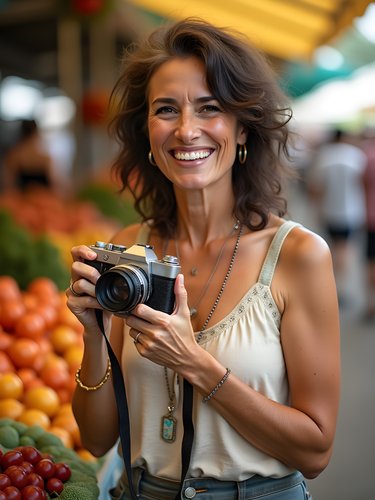




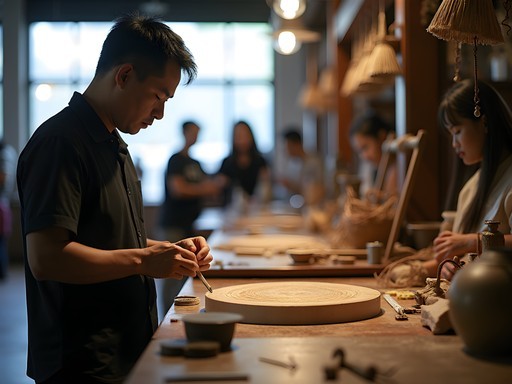


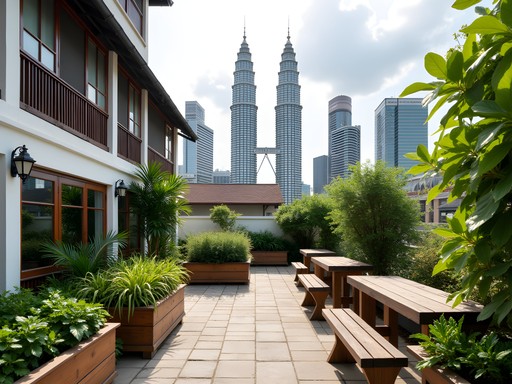
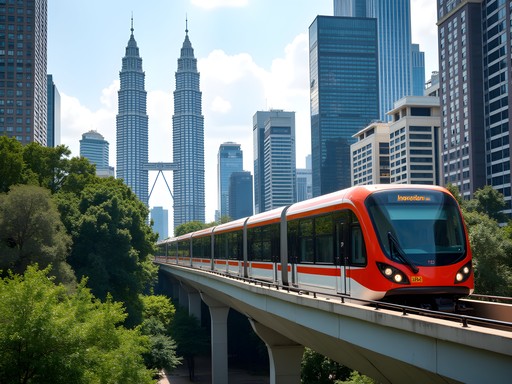
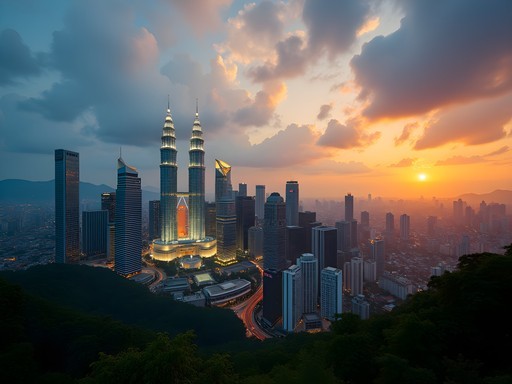
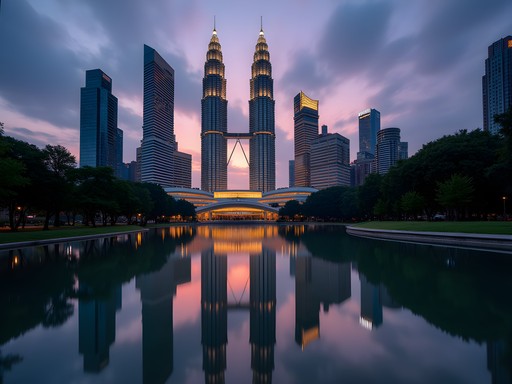

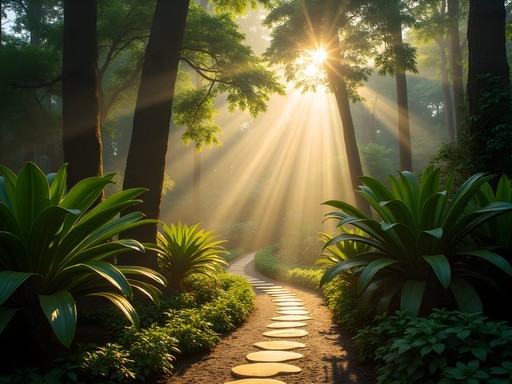


Comments
springstar
Just returned from KL and this guide is spot on! I'd add that Bangsar Village is worth checking out for more upscale local designer boutiques - found amazing handcrafted jewelry there. The contrast between air-conditioned luxury malls and the sensory explosion of the night markets is what makes KL shopping so special. Pro tip: The Central Market has a great batik gallery on the upper floor that many tourists miss. Oh, and don't forget to look up at the architecture in the heritage shopping areas - some beautiful colonial and traditional Malay details above the storefronts!
adventuretime
Are there any markets or shops that specialize in tech gadgets? Looking to pick up some electronics while I'm there!
smartbackpacker
Low Yat Plaza is what you're looking for - it's basically KL's version of a tech mall. Multiple floors of everything electronic. Just research prices before you go so you know what's a good deal.
adventuretime
Thanks! Will definitely check it out!
Taylor Moreau
An excellent anthropological lens on KL's retail landscape, Samantha. Having visited quarterly for business over the past decade, I've observed the fascinating evolution of these spaces. Pavilion KL and Suria KLCC remain premier venues for client meetings, but I increasingly find myself drawn to Jalan Petaling for authentic engagement. One crucial point for business travelers: the luxury malls offer excellent workspaces with reliable WiFi and quality coffee establishments. The juxtaposition between traditional markets and these modern commercial hubs perfectly encapsulates Malaysia's development narrative.
skyqueen
Just got back from KL and followed this guide! Pro tip: go to Central Market on weekday mornings to avoid crowds. And don't miss the hidden art galleries on the upper floor - amazing local artists selling their work at reasonable prices. I bought the coolest batik painting for under $50!
tripperson
Wait there are art galleries upstairs?? Totally missed those!
smartbackpacker
Just got back from KL and this guide would have been so helpful! One tip to add - bargaining is expected at places like Jalan Masjid India but not so much in Central Market (prices there are more fixed). I found using my Lonely Planet Malaysian Phrasebook really helped when negotiating prices - just a few words in Malay got me better deals and lots of smiles. Also, the covered walkways between major malls downtown are a lifesaver during those sudden afternoon downpours!
oceanmaster
How aggressive are the sellers at these markets? I hate feeling pressured when I'm browsing.
springstar
Not bad at all in my experience. Much more relaxed than places like Morocco or Egypt. They might call out to you but a simple smile and 'no thank you' works fine. Central Market is super chill, more like a proper shopping experience than a pushy bazaar.
wanderlustchamp
Kampung Baru night market is pure magic! Don't miss it!
Claire Hawkins
This brings back so many memories! We took our kids to KL last year and Central Market was their absolute favorite. My 8-year-old daughter still treasures the hand-painted batik scarf she bought there. The vendor spent nearly 20 minutes showing her the traditional techniques and even let her try a small pattern! I'd add that if you're traveling with little ones, the mall food courts are surprisingly great for picky eaters while still offering authentic flavors. Pavilion KL had this amazing children's play area that saved us when shopping fatigue hit!
adventuretime
Did you find it easy to navigate KL with kids? Planning a family trip there and wondering about getting around between these shopping spots.
Claire Hawkins
Super easy! The monorail connects most major malls, and Grab (their version of Uber) is affordable and reliable. Just avoid rush hour if possible. My kids actually loved the train system - it became part of the adventure!
vacationway
Just what I needed! Heading to KL next month and shopping is top of my list!
globetime
Those night market photos are making me hungry! Can't wait to visit next year!
Venture X
Premium card with 2X miles, $300 travel credit, Priority Pass